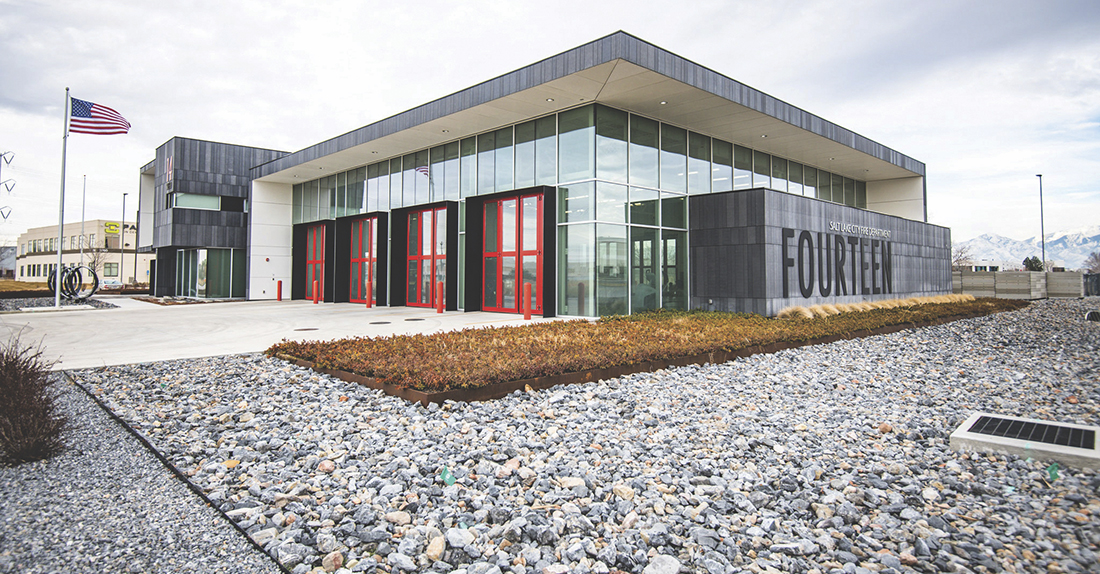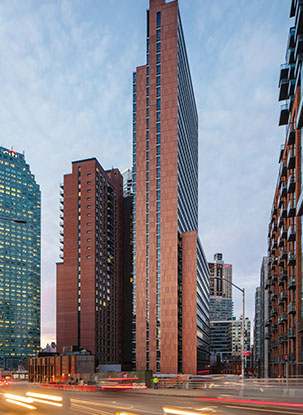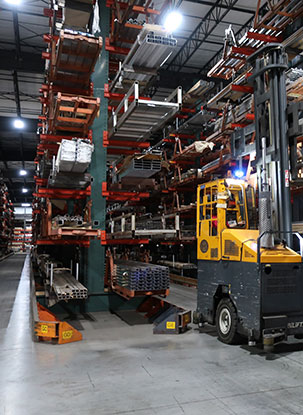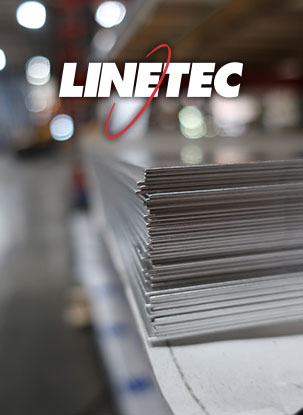
Authored by Linetec’s Tammy Schroeder explains the variables affecting color in the anodize process, and the challenges of achieving an exact color from run to run and load to load.
To minimize color variation, she offers five tips:
- Maintain metal consistency – The easiest way to ensure this is to work with one metal source/extruder per project and request all metal come from one lot of material.
- Do not mix aluminum alloys, as even mixed tempers will not produce uniform results – For best results, use 6063 alloys for extrusions and 5005 for flat sheet stock and fabricated parts. When structural alloy is required, 6061 and 5052 can be used, but will not give similarly acceptable results.
- Perform as much bending and forming as possible prior to finishing – Anodic films are very hard, and as a result most post-production bending causes the film to “craze,” which produces a series of small cracks in the finish, giving it a spider-web like appearance.
- Be aware of anodizing’s effect on welds – The heat developed from the welding process changes the metallurgy on nearby metal or heat-affected zones, causing localized discoloration (i.e. halo effect), so one should use the proper 5356 alloy welding wire and lowest heat possible.
- Select an anodizer that uses automation – This helps to reduce inconsistencies in the process.








